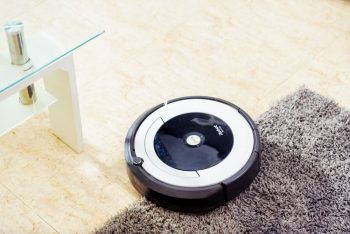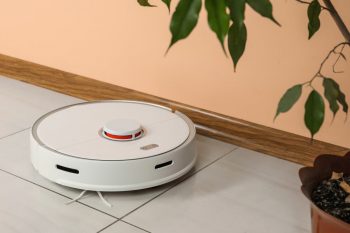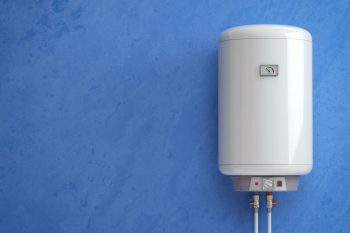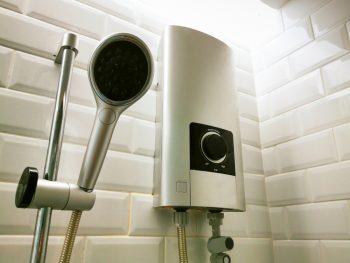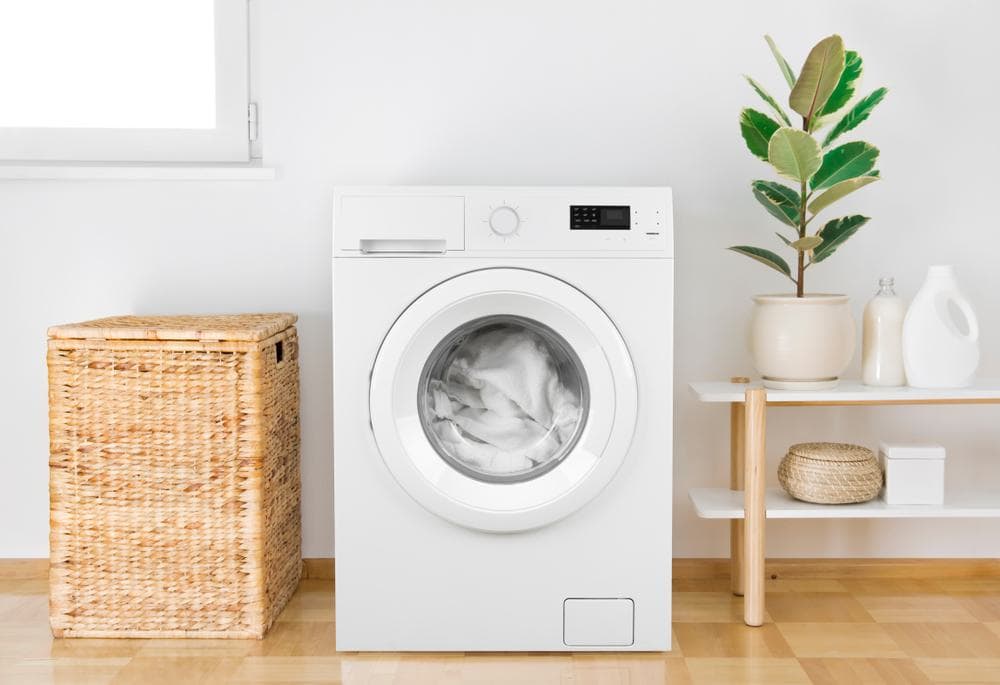
Cleaning your washing machine may seem like a strange task, considering its primary job is to clean. However, soap can build up in your washing machine over time, leaving residue on your clothes and causing unpleasant odors. This comprehensive guide will help you understand how to remove soap from your washing machine properly, the signs of soap buildup, and the steps to prevent future accumulation.
To get soap out of your washing machine, wipe down the machine, especially the door and rubber gasket, with a vinegar-dipped rag. Run a hot wash cycle with half a cup of white vinegar in the detergent well. After the cycle, wipe away any visible particles. If necessary, run a second cycle with a third cup of baking soda in the drum. To prevent future soap buildup, use the correct amount of detergent, avoid overloading, and clean your machine regularly.
Signs of Soap Residue in Your Washing Machine
Soap residue can manifest in several ways. Some of the most common signs include:
- White residue on clothes
- A strong, unpleasant odor
- The washing machine not draining or stopping mid-cycle
- Spots on clothes
- A slimy washer boot
- Dark spots on the door boot
- Clothes still soapy after a wash
If you notice any of these signs, it’s recommended to reduce the amount of detergent used, clean your washing machine regularly, and ensure you’re not overloading your washer. If the issue persists, it might be necessary to call a professional for a thorough inspection and cleaning.
Why Removing Soap is Important
Soap residue can affect both your clothes and your washing machine. Clothes can appear dingy or faded, feel stiff, and develop unpleasant odors. In severe cases, detergent buildup can cause skin irritation, leading to itching, rashes, and other uncomfortable symptoms.
As for the washing machine, soap residue can clog hoses, valves, and other components, preventing water from draining properly. This creates a moist environment that supports the proliferation of mold, mildew, and bacteria, which can lead to mold and mildew growth on rubber gaskets and bad odors. In the worst cases, using too much laundry soap in your washing machine can cause drainage issues and permanent damage to your washing machine.
Removing Soap from Your Washing Machine
To remove soap from your washing machine, you can follow these steps:
- Wipe Down the Machine: Wipe down the inside and outside of the door with a clean, wet rag. You can dip the rag in white vinegar for extra cleaning power. Avoid using abrasive brushes or scouring pads, as they can scratch the surface.
- Clean the Rubber Gasket: Inspect and clean the rubber gasket around the door. Use a utility rag to wipe out any visible buildup, frequently rinsing the rag. Then, use an old toothbrush dipped in vinegar to scrub hard-to-reach spots.
- Run a Vinegar Cycle: Pour 1/2 cup of white vinegar into the liquid detergent well, then run a wash cycle on the hottest water temperature. Vinegar helps dissolve detergent and limescale buildup.
- Wipe Away Particles: After the cycle finishes, inspect the washer’s interior and wipe away any visible particles.
- Run a Baking Soda Cycle: If your machine was extra dirty, consider a second cleaning cycle using 1/3 cup of baking soda directly in the drum and running a full cycle with warm or hot water.
- Leave the Door Open: Between cycles, leave the door open to help the machine dry thoroughly and discourage mold and mildew growth.
Preventing Soap Buildup in Your Washing Machine
To prevent soap buildup in your washing machine, you can follow these steps:
- Use the correct amount of detergent
- Avoid overloading the machine
- Regularly clean your washing machine
- Use a washing machine cleaner
- Test for detergent buildup
- Use dishwashing tablets
- Leave the door open
Regular maintenance of your washing machine not only ensures it runs longer, reduces energy costs, and improves the lifespan of clothing, but also eliminates unpleasant odors.
Regular Cleaning is Key
To prevent soap residue buildup, it is recommended to clean your washing machine about once a month or every 30 cycles. Regular cleaning removes detergent residue and other debris that can block your machine, resulting in increased efficiency and performance.
Remember, your washing machine is an investment. Just as you wouldn’t neglect your car, you shouldn’t neglect your washing machine. With regular cleaning and preventive measures, you can keep your washing machine running optimally and ensure your clothes are as clean as possible.
Frequently Asked Questions
Can I use apple cider vinegar instead of white vinegar to clean my washing machine?
Yes, you can use apple cider vinegar as a substitute for white vinegar when cleaning your washing machine. Both types of vinegar have similar acidic properties that can help dissolve soap and limescale buildup.
How often should I use a washing machine cleaner?
It’s recommended to use a washing machine cleaner once a month or every 30 cycles, the same frequency as a regular cleaning routine. This helps to prevent soap and mineral buildup and keep your washing machine running optimally.
Is it safe to use dishwashing tablets in my washing machine?
Yes, dishwashing tablets can be used in your washing machine to help remove soap residue and mineral buildup. However, they should be used sparingly and as part of a broader cleaning routine, not as a substitute for regular cleaning.
Will using too much detergent damage my washing machine?
Yes, using too much detergent can damage your washing machine. Over time, excess detergent can create a soapy buildup that clogs the hoses, valves, and other components of the machine, which can lead to drainage issues and potentially cause permanent damage.
Can soap buildup in my washing machine cause skin irritation?
Yes, soap residue left on clothes after washing can cause skin irritation, leading to itching, rashes, and other uncomfortable symptoms. This is especially true for people with sensitive skin or allergies. Regular cleaning of your washing machine can help prevent this issue.


